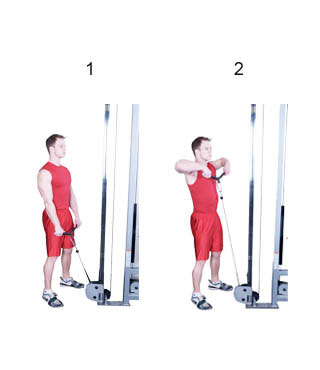This course focuses on adaptive exercise techniques for a variety of populations (i.e. children, pregnancy, older adults, disabilities, and chronic disease). Students will learn how to modify exercises and/or equipment to effectively and safely accommodate these groups.
Target population: Various
- Course Instructor: Tim Rush
- Lab Instructor: Sarah King
- Lab Technician: Jasmine Collins, Christian Cassie, Rachel Quinn
- Semester: Three
Lab Sections:
- Section 1: Wednesday 12 – 2 PM
- Section 2: Thursday 4- 6 PM
- Section 3: Friday 1 – 3 PM
- Section 4: Monday 4 – 6 PM
Lab Schedule
| Course: PHRE 3040 - Resistance Training | Movement Pattern: Pull | vertical | Target: Deltoid (Medial) | Synergist(s): Trapezius |
| Exercise |  | ||
| Regressions: | Progressions: | ||
| Key Teaching Points | Expectation: [if 456 equals="Supervised Practice"]Supervised Practice [/if 456][if 456 not_equal="Supervised Practice"]Independent Learning[/if 456] | [579] | |
|---|---|---|---|
| Description: | The conventional, narrow-grip barbell upright row tends to be quite stressful on many client's shoulders. A much better alternative is to use a cable, elastic or dumbbell which allows the wrists to adjust to a client's body shape, as well as limiting how high you bring the weight.
Caution: Don't be too quick to increase to heavy loading with this exercise (as it is more stressful on the shoulders). | ||
| Common Error(s): | Using Excessive Momentum | Forward Head Posture | ||
| Spotting: | |||
